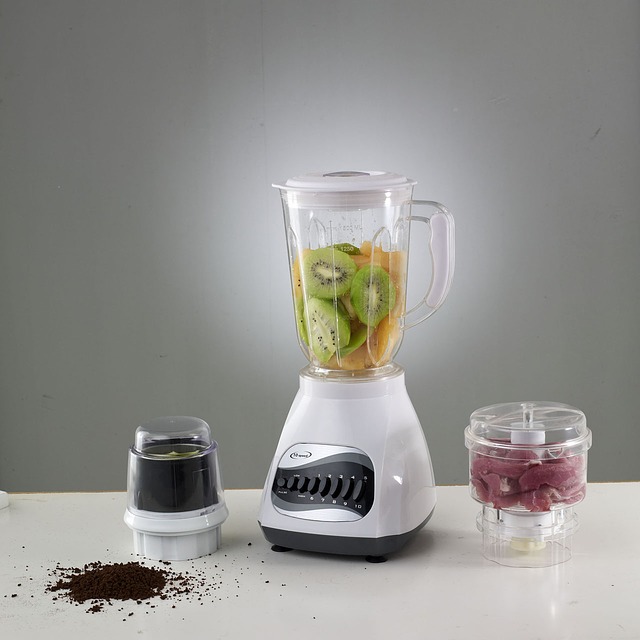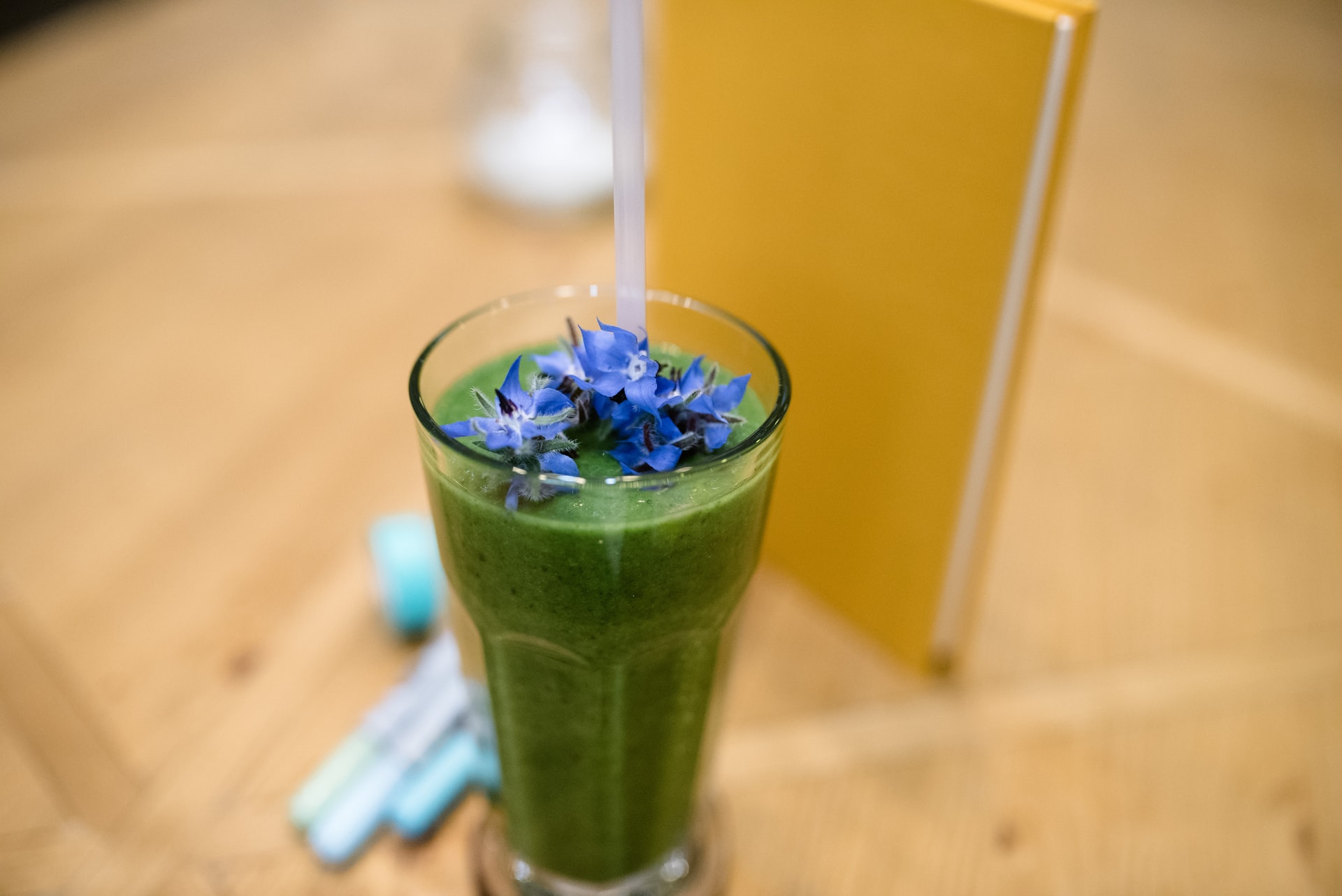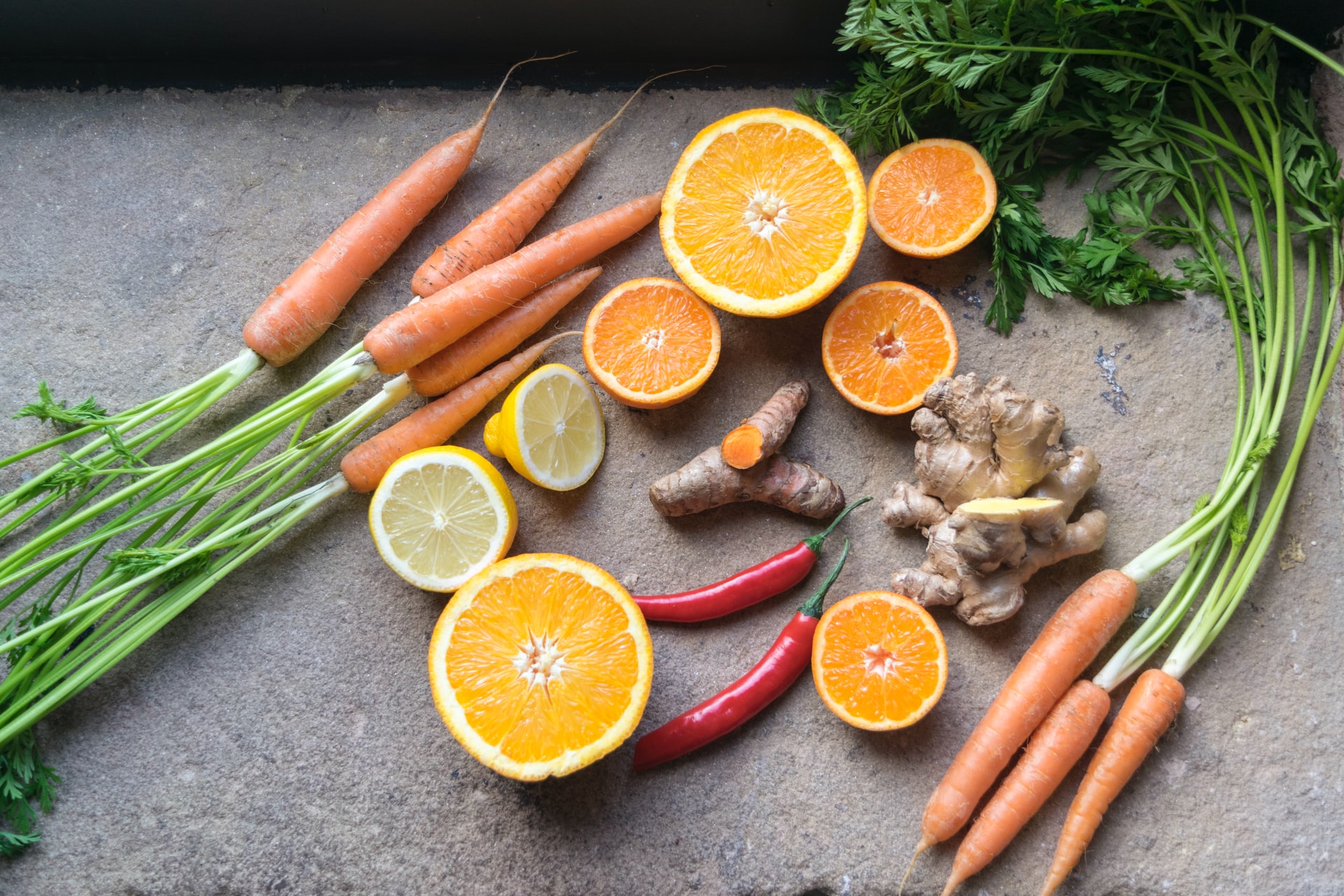One of the main questions asked when blending is ‘does blending destroy nutrients and fiber?’ After all, the aim of blending is to capture all the nutrients as possible that you would if you had eaten your fruits or vegetables in their natural forms.
Nutrients and fiber are essential in improving your immune system and your health in general. Nutrients help our body to grow up, build the immune system and help in reproduction. While fiber helps to regulate bowel movements resulting in a much lower rate of constipation than individuals that eat a low-fiber diet. Persons who do not consume as much fiber in their diets may experience loose stools, bloating, or even diarrhea.
We get nutrients and fiber from vegetables, fruits, beans, and whole grains. Our bodies cannot produce nutrients thus we need a constant intake of these food groups to be able to have the right amount of nutrients that it needs to function effectively daily.
Benefits of Nutrients
All food is made up of three nutrients — carbohydrates, fats, and proteins. Nutrients are elements that help in the development of your complete body and wellness and comprise of minerals, vitamins, and calcium. Besides improving your overall health, consuming balanced nutrition has a number of benefits while also providing energy and sound sleep.

Benefits of nutrient consumption are:
1. Boosts Cardiovascular Health
Food rich in nutrients plays a vital role in boosting cardiovascular health. In other words, the nutrient is good for your heart. The vitamins and minerals found in nutrients help in the healthy function of the heart and prevents heart diseases. So healthy nutrition is a good defense against heart disease and dramatically reduces your risk of this occurring even if you have a family history of it. Thus consumption of vegetables, fruits, lean proteins, healthy fats, and whole grains can help in the prevention of high cholesterol. High cholesterol is one of the main causes of heart diseases and high blood pressure.
Thus, avoiding diets rich in cholesterol and unsaturated fats is highly recommended in preventing the onset of cardiovascular disease.
2. Boosts Energy
Having a diet rich in nutrients is a sure energy booster. Think back on how weak and lethargic you feel the hungrier you get, and how much better and energetic you feel after eating a meal — and especially after eating a meal filled with nutrition. That is because nutrients boost your energy level and make you so much more active. Thus the reason so many people drink shakes and fruit smoothies after a workout.
3. Promotes Strong Bones
We all want to have healthy bones. That way we can move around and go about our daily business without hindrance and pain. As we grow older the need to keep our bones healthy and strong is even more critical. You may already have learned that calcium is good for your bones, this is still true. Calcium is one of the components that makes up nutrients and so a nutrient-rich diet packed with calcium (dairy: milk, cheese, and yogurt. Non-dairy: seafood, leafy greens, legumes, dried fruit, tofu).
It is therefore important that you consuming diets rich in calcium if you wish to promote and maintain healthy bones.

Benefits of a high-fiber diet
1. Normalizes bowel movements.
Being constipated is one of the ways to confirm that your diet does not contain enough fiber as fiber makes your stool bulky yet soft, thus making it easy to pass. Lack of fiber makes your stool hard and hard to pass and can result in constipation, not something anyone enjoys! A bulky stool means your body is getting rid of the unused, unwanted leftovers in your body which is a good thing. This decreases your chance of constipation. If you find that your stool is loose and watery then it means you need more fiber since fiber also helps to solidify the stool by absorbing the excess water.
2. Lowers cholesterol levels
Fiber helps to lower your cholesterol level by lowering low-density lipoprotein, or what is referred to as “bad” cholesterol. The fiber found in beans, oats, flaxseed, and oat bran is very good in helping to keep the blood cholesterol levels down. Not only is fiber good at keeping your cholesterol at a low but it is also believed to be good at reducing blood pressure and helps in the prevention of inflammation.
3. Helps to control blood sugar levels
It has been found that soluble fiber can slow down the absorption of sugar thus improving blood sugar level in persons with diabetes. Along with 30 minutes of exercise three times per week, soluble fiber can also help to prevent type 2 diabetes.
4. Promotes healthy weight
Fiber helps to promote a healthy weight by making you eat smaller portions, and eat less frequently. Foods that are high in fiber tend to be more filling than foods low in fiber, and so you will find that you eat fewer amounts and eat fewer times during the day while staying full longer. High fiber foods also come with fewer calories when compared to the same volume of food consumed with little or no fiber. The amount and quality of the food you consume are what leads to weight gain and so consuming food rich in fiber will help to reduce your weight gain.
Here is a chart as to the recommended daily fiber for adults and children.

Daily Fiber Recommendation Chart
Type |
Age 50 or younger |
Age 51 + |
|---|---|---|
| Children
1 – 3 years 19 grams 4 – 8 years 25 grams 9 – 13 years (girls) 26 grams 9 – 13 years (boys) 31 grams 14 – 18 years (girls) 26 grams 14 – 18 years (boys) 38 grams |
||
| Men | 38 grams | 30 grams |
| Women | 25 grams | 21 grams |
Now that we have investigated and confirmed the importance of nutrients and fiber in our diet, let us now go back to that very important question — Does blending destroy nutrients and fiber? We will take a look at them one at a time.
Does Blending Destroy Nutrients?
A small number of nutrients do get destroyed during blending. Needless to say, this is not enough to prevent you from blending your fruits and vegetables. The amount of nutrients destroyed during blending is similar to that which is destroyed if you cut your fruits and vegetable and leave them out for a short time. For example, if you peel or cut your fruit and leave them sitting you will notice that it begins to get dark in the area that was cut. This is the process of oxidation which results in s small amount of damage to the nutrients existing in that region.
In fact, if you should eat your fruit and vegetable, the chewing process will also destroy some of the nutrients found in it. However, this is not enough to prevent your body from getting the desired amount of carbohydrates, proteins, vitamins, and minerals that it requires. The blending process is the same, a small number of nutrients will be damaged but not enough to rob you of the amount of nutritional value that you should get.
Therefore, blending will not destroy the nutrients in your fruits and vegetable any more than chewing them in their natural form would. However, if your blend and leave the blend out for long periods this will result in the same concept as cutting the fruit and vegetable and leaving it to turn dark as a result of oxidation. Blended food will also go through oxidation if left for a while or if not refrigerated. The longer it is left unconsumed, the more oxidation will occur, thus the more nutrients will be destroyed. So technically, it is not the blending process that will destroy the nutrients but the time the mixture is left to sit before consumption. Therefore, drink what you blend without allowing it to sit for hours.
It should also be noted that the amount of heat generated during blending will not destroy the nutrients based on how the blender is constructed. Boiled vegetables come in direct contact with heat which can, in fact, destroy nutrients. So, if you don’t want to lose nutrients, drink your blended juice and smoothies as soon as possible and avoid storing them for long periods as the longer they sit around the more they lose their nutritional values.

Does Blending Destroy Fiber?
Blending does not destroy fiber found in fruits and vegetables. In fact, it can do the very opposite by enhancing the fiber content as it crushes and mixes it into a state of absorption that the body can handle. Again, this is similar to eating the produce in its natural form. Fruits and vegetables need to be chewed. In chewing, the food is made into a state of readiness by releasing the various nutrients and fiber as we chew. The more you chew the more flavor, nutrients, and fibers are released for absorption by the body.
Therefore, fiber does not get lost during blending but rather blending helps to separate the fiber so that the nutrients enclosed can then be released into your body. When you blend the food is sometimes even better than chewing (depending on how long you chew for). The thinner the particles of fiber the more the body is able to absorb and digest it.
Therefore, blending helps to releases even more nutrients from fiber as it breaks down in the blending process. Remember that exposure to oxygen is what causes the breakdown of nutrients in foods. When you blend your fruits and vegetable you are breaking down the insoluble fiber resulting in a faster release of glucose into your liver and a spike in your blood sugar.
In conclusion:
Does Blending Destroy Nutrients And Fiber?
When you blend your fruits and vegetables a minimal amount of nutrients will be destroyed but not enough to affect your diet. The amount destroyed will be similar to that which would be destroyed if you were chewing the raw fruit or vegetables.
Fibre will not be destroyed during bending but will instead be broken down to the right proportion in order to release nutrients trapped within its walls. Blending will also allow the body to digest and absorb fiber quicker and better than you would if it was not blended.
In fact, what you put in your bender is what you get out since all the components are mixed together without separation as with a juicer. Therefore, (with the exception of that small portion lost through oxidation) you will get all the nutrients and fiber that went in. As mentioned before, the longer your blended concoction sits around, even inside the refrigerator or freezer, the more the nutrients will lose their strength. So immediate consumption after blending is best.

